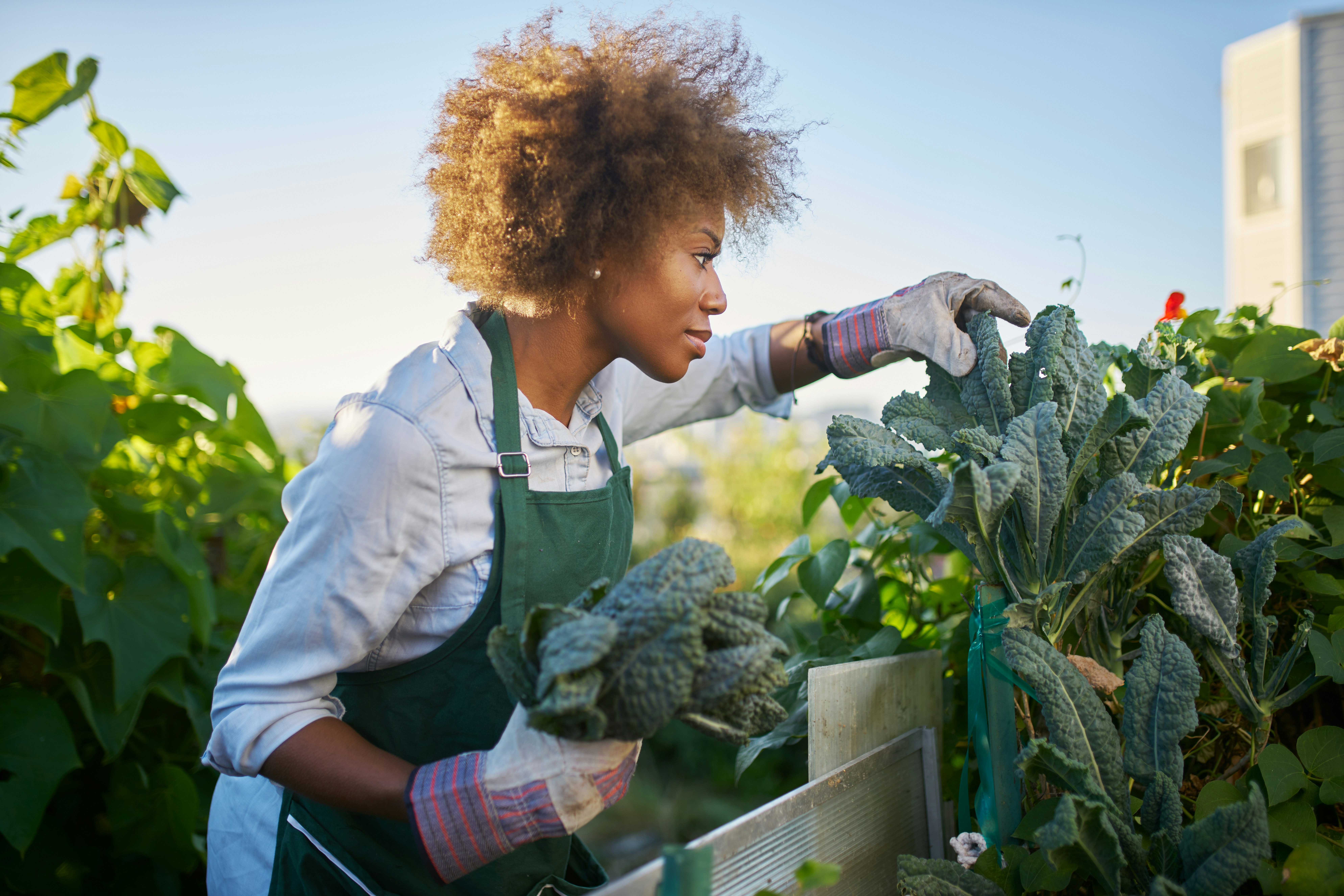
Urban living often means limited outdoor space, but you must maintain the joys of gardening and creating a beautiful outdoor environment. With some creativity and thoughtful planning, even the smallest spaces can be transformed into lush green retreats. Whether you have a balcony, rooftop, or tiny backyard, here are some landscaping tips to help you make the most of your urban garden.
Maximizing Vertical Space
When horizontal space is limited, think vertically. Vertical gardening is an excellent way to maximize your available area and add greenery without taking up too much room. Install trellises, wall-mounted planters, or hanging baskets to grow flowers, herbs, or vegetables. Climbing plants like ivy, jasmine, or clematis can add height and visual interest, creating a layered effect that makes your garden feel more expansive.
Consider using a mix of trailing plants, such as trailing rosemary or string of pearls, with more structured plants like succulents or ferns. This combination can add depth and texture, making your vertical garden a striking focal point.
Choosing the Right Plants
Selecting the right plants for your urban garden is important, especially when space is limited. Opt for compact or dwarf varieties that won’t outgrow your small area. Many flowers, herbs, and even vegetables come in smaller sizes that are perfect for urban gardens. Look for container-friendly options like dwarf tomatoes, miniature roses, or herbs like basil and thyme.
When choosing plants, consider the amount of sunlight your space receives. If your garden area is shaded, opt for shade-loving plants such as hostas, ferns, or impatiens. For sunnier spots, choose sun-loving plants like lavender, marigolds, or succulents. Group plants with similar light and water needs together to make maintenance easier and ensure each plant thrives.
Incorporating Multi-Functional Elements
Every element should serve more than one purpose in a small space. Incorporate multi-functional items into your garden design to maximize utility. For example, choose seating that doubles as storage or use a bench with a built-in planter. Consider a vertical garden structure incorporating storage shelves or a small outdoor kitchen area.
Folding furniture is another excellent choice for small gardens. Chairs, tables, and benches that can be folded away when not in use allow you to create flexible spaces that can adapt to different needs, whether entertaining guests or simply enjoying a quiet moment outdoors.
Creating Zones
Creating distinct zones can help make your garden feel larger and more organized, even in a small space. Divide your area into functional zones, such as a dining area, a reading nook, or a vegetable garden. You can delineate these zones using planters, outdoor rugs, or different types of flooring, like decking and gravel.
Use plants to help define these zones as well. Tall plants or hedges can create a sense of privacy around a seating area, while low-growing plants or ground cover can border a pathway. Creating separate areas for different activities can make your small garden feel more spacious and versatile.
Enhancing with Lighting
Proper lighting can transform your urban garden into an inviting space even after the sun goes down. String lights, lanterns, or solar-powered stakes can add ambiance and highlight key areas of your garden. Consider using uplighting to accentuate taller plants or architectural features, or place lanterns along pathways to create a warm, welcoming glow.
Safety is also a concern if your garden is on a balcony or rooftop. Ensure all lighting is securely installed and cords are properly managed to prevent tripping hazards. Solar-powered options are an excellent choice for these areas, as they are more energy-efficient and don’t require access to electrical outlets.
Incorporating Water Features
A water feature can add a sense of tranquility to any garden, and plenty of options are suitable for small spaces. Consider a compact fountain, a wall-mounted water feature, or a small pond in a container. The sound of running water can create a calming atmosphere, helping to mask the noise of the city and make your garden feel like a true retreat.
Even a small birdbath or a container water garden can make a big impact for those with limited space. These features can attract birds and other wildlife, adding an extra layer of life and interest to your urban garden.
Using Reflective Surfaces
Mirrors and other reflective surfaces can make a small garden feel larger by creating the illusion of depth. Strategically placed mirrors can reflect light and greenery, making your space feel brighter and more expansive. Consider placing a mirror on a garden wall or fence or using reflective materials for planters and garden decor.
Be mindful of placement, though. You don’t want the reflection to create unwanted glare or direct too much heat onto sensitive plants. Instead, aim to use mirrors to bounce light into darker corners or to create interesting visual effects.
Embracing Minimalism
In a small space, less is often more. Embrace a minimalist approach to garden design by focusing on a few key elements rather than trying to cram too much into your space. Choose a limited color palette, use simple, clean lines, and avoid cluttering your garden with too many accessories or decorations.
A minimalist approach can help create a sense of calm and order, making your garden a peaceful retreat amid a busy urban environment. By carefully selecting each element and giving each piece room to breathe, you can create an open, airy, and inviting space.
Transforming a small urban space into a lush, functional garden is about maximizing every inch, choosing the right plants, and creating a design that suits your lifestyle. With thoughtful planning and creativity, you can turn even the tiniest outdoor area into a beautiful green oasis.